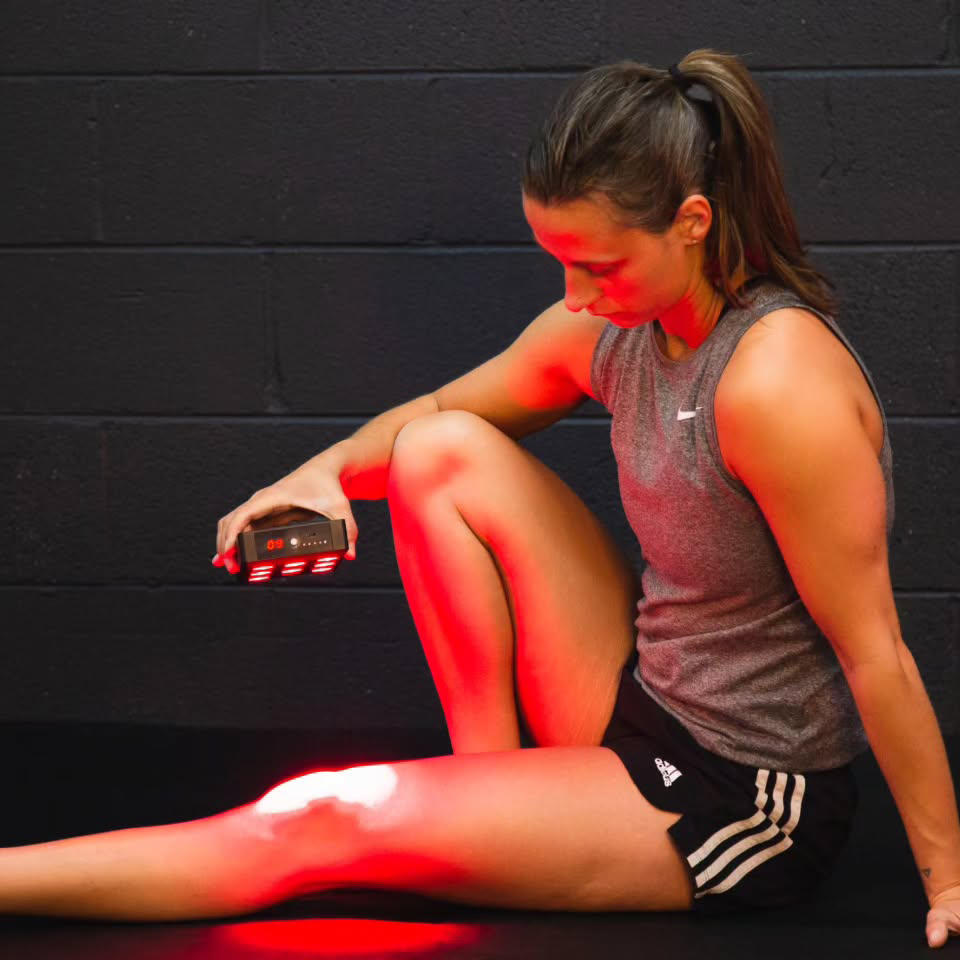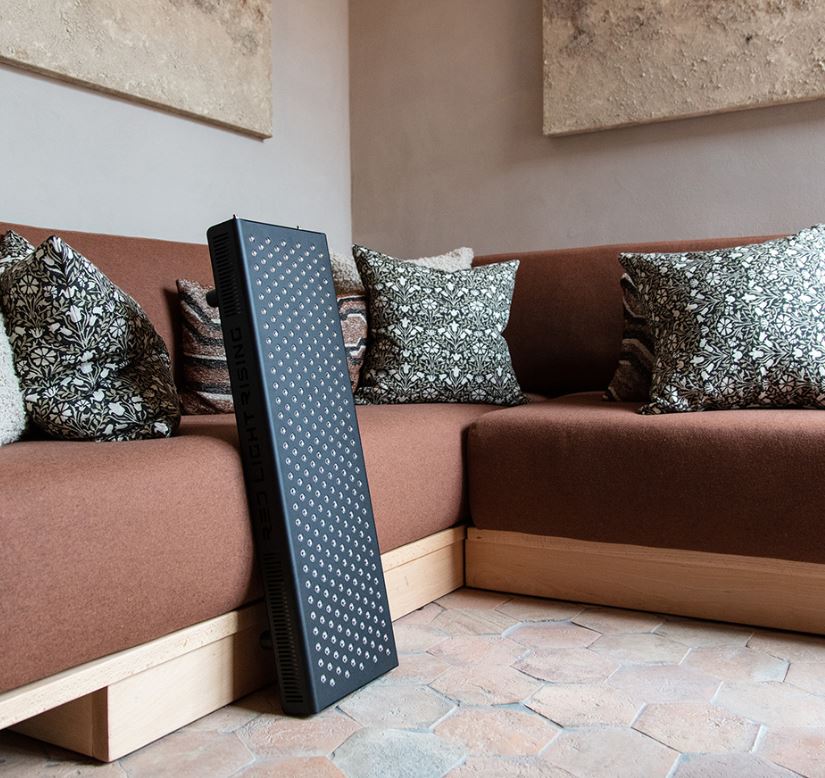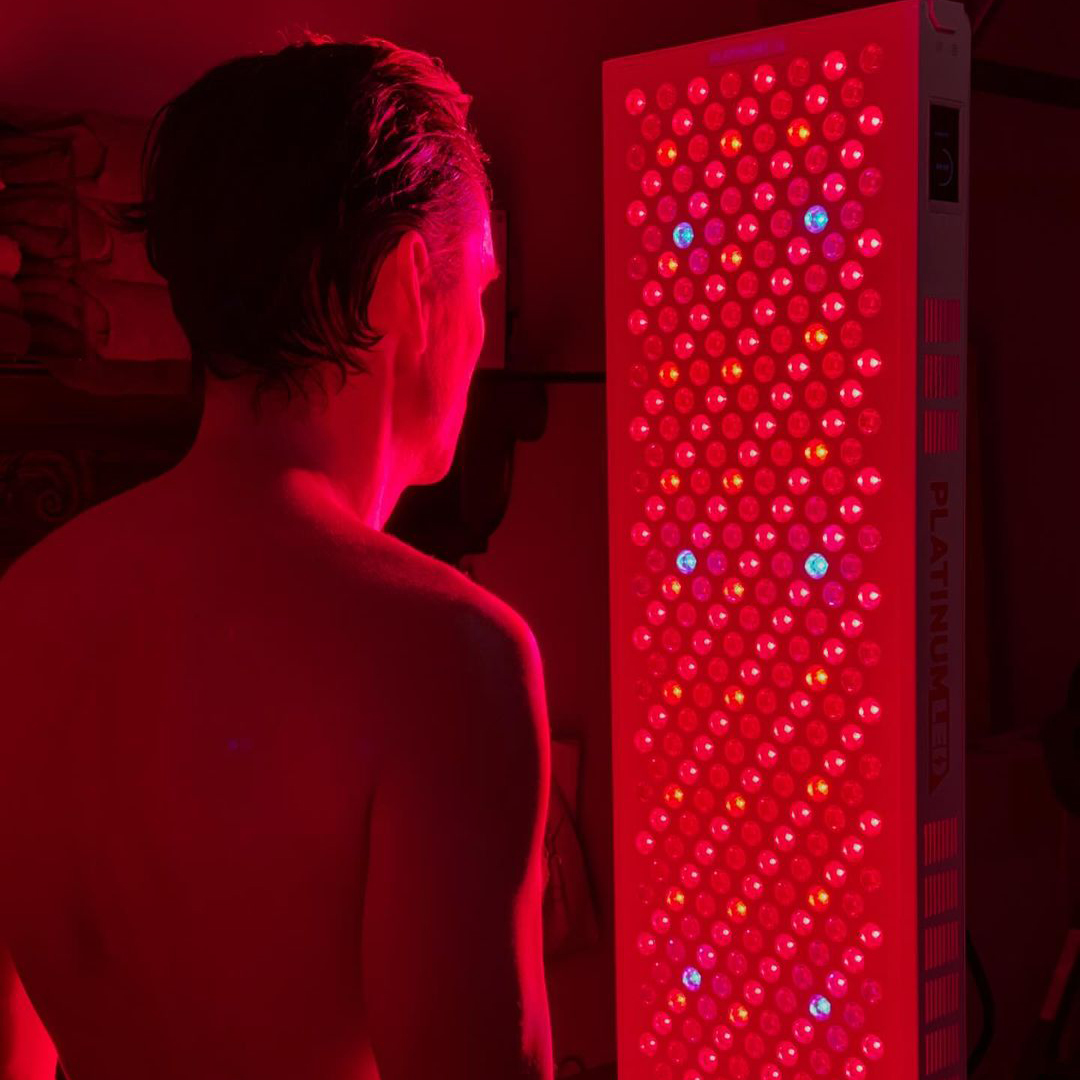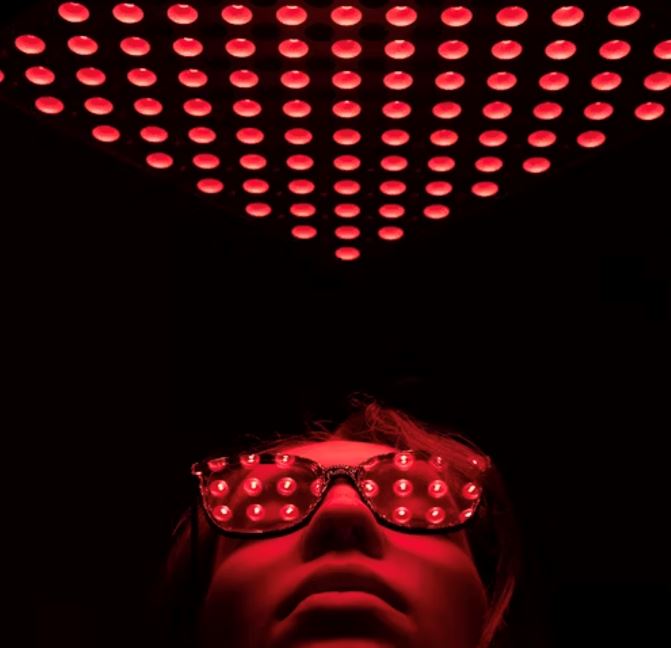![]() Free Shipping
Free Shipping ![]() Buy Now, Pay Later
Buy Now, Pay Later ![]() Eligible
Eligible
My 100-Day Red Light Therapy Experiment: Benefits, Constraints, and My Routine Moving Forward
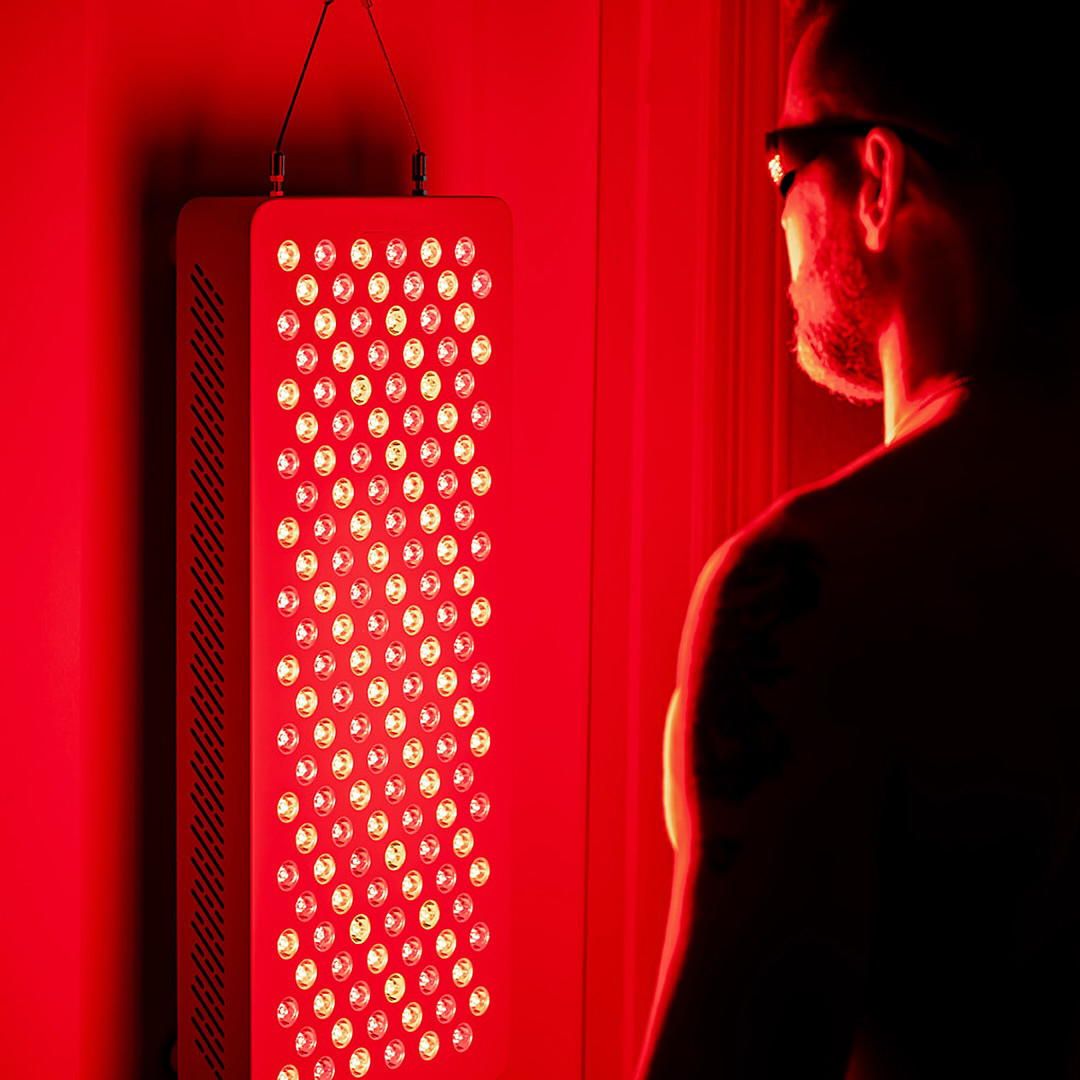
For years, I’ve been fascinated by biohacking—the practice of optimizing the body’s performance through science-backed interventions. From cold plunges to nootropics, I’ve experimented with various tools to enhance my energy, recovery, and overall well-being.
But one modality kept popping up in my research: red light therapy (RLT).
Also known as photobiomodulation (PBM), red light therapy uses low-wavelength red and near-infrared (NIR) light to stimulate cellular function. Studies suggest it can improve skin health, reduce inflammation, enhance muscle recovery, and even boost mood.
Intrigued, I decided to conduct a 100-day experiment—using red light therapy daily to track its effects. Here’s what happened, the benefits I experienced, the limitations I faced, and how I plan to integrate RLT into my long-term routine.
Why Red Light Therapy?
Before diving into my experiment, I wanted to understand the science behind RLT. Here’s a quick breakdown:
- How It Works: Red and NIR light penetrate the skin and are absorbed by mitochondria (the energy powerhouses of our cells). This boosts ATP (adenosine triphosphate) production, enhancing cellular repair and regeneration.
- Reported Benefits:
- Skin Health (collagen production, reduced wrinkles, acne improvement)
- Pain & Inflammation Reduction (joint pain, muscle recovery)
- Improved Sleep & Circadian Rhythm (stimulates melatonin regulation)
- Enhanced Muscle Recovery (faster repair post-workout)
- Mood & Cognitive Benefits (may reduce depression and brain fog)
With these potential upsides, I was eager to test it myself.
My 100-Day Experiment Setup
1. Device Selection
After researching panels, I chose a full-body red/NIR light panel (a mid-range option with both 660nm red and 850nm near-infrared wavelengths). I avoided cheap handheld devices, opting for a more robust setup for systemic benefits.
2. Protocol
- Duration: 10-20 minutes per session
- Distance: ~6-12 inches from the panel
- Frequency: 5-7 times per week (mostly daily)
- Areas Treated:
- Face & Neck (for skin benefits)
- Joints & Muscles (knees, shoulders, back for recovery)
- Full Body (for systemic effects)
3. Tracking Metrics
To assess changes, I monitored:
- Skin texture & acne (before/after photos)
- Muscle recovery (post-workout soreness)
- Sleep quality (tracked via Oura Ring)
- Energy levels & mood (subjective journaling)
The Results: What I Noticed After 100 Days
✅ The Benefits
1. Noticeably Improved Skin
- Reduced Acne & Inflammation: My occasional hormonal breakouts decreased significantly.
- Brighter Complexion: My skin looked more even-toned and “glowy.”
- Fine Lines Softened: While not a miracle eraser, my forehead lines appeared slightly less pronounced.
2. Faster Muscle Recovery
- As a weightlifter, I usually experience DOMS (delayed onset muscle soreness) for 2-3 days. With RLT, soreness dropped to 1 day max.
- I also felt less stiff after long runs.
3. Better Sleep (After Adjusting Timing)
- Initially, I used RLT at night and found it too stimulating.
- Switching to morning/afternoon sessions improved my deep sleep (confirmed by Oura data).
4. Subtle Mood & Energy Boost
- I felt more alert in the mornings.
- Some days, it seemed to help with winter blues (possibly due to circadian regulation).
❌ The Limitations & Challenges
1. Subtle, Cumulative Effects (Not Instant)
- Unlike caffeine or cold therapy, RLT’s benefits build over time. Don’t expect overnight miracles.
2. Consistency is Key
- Skipping days seemed to slow progress. This isn’t a “one-and-done” treatment.
3. Device Quality Matters
- Cheap, weak devices may not deliver enough irradiance (light intensity). Investing in a medical-grade panel is worth it.
4. Not a Standalone Solution
- RLT works best alongside good sleep, nutrition, and exercise. It’s a support tool, not a cure-all.
My Routine Moving Forward
After 100 days, I’m convinced of RLT’s benefits—but I’ve adjusted my approach for sustainability:
🔹 New Protocol:
- Frequency: 4-5x per week (no strict daily pressure)
- Timing: Mornings (for energy) or post-workout (for recovery)
- Areas:
- Face (3x/week) – Anti-aging & skin health
- Muscles/Joints (post-workout) – Recovery
- Full Body (2x/week) – Systemic benefits
🔹 Combining with Other Modalities
- Cold Therapy: Alternating RLT with cold showers for inflammation control.
- Topical Skincare: Using vitamin C serum after RLT for enhanced absorption.
- Sleep Hygiene: Avoiding evening RLT to prevent sleep disruption.
Final Thoughts: Is Red Light Therapy Worth It?
Yes—but with realistic expectations.
RLT isn’t a magic bullet, but it’s a low-risk, science-backed tool that can complement a health-focused lifestyle. If you’re considering it:
✔ Invest in a quality device (avoid Amazon junk).
✔ Be consistent (effects compound over weeks/months).
✔ Track changes (take photos, journal, monitor sleep/recovery).
For me, the experiment was a success—I’ll keep using red light therapy long-term, even if just for recovery and skin benefits.



